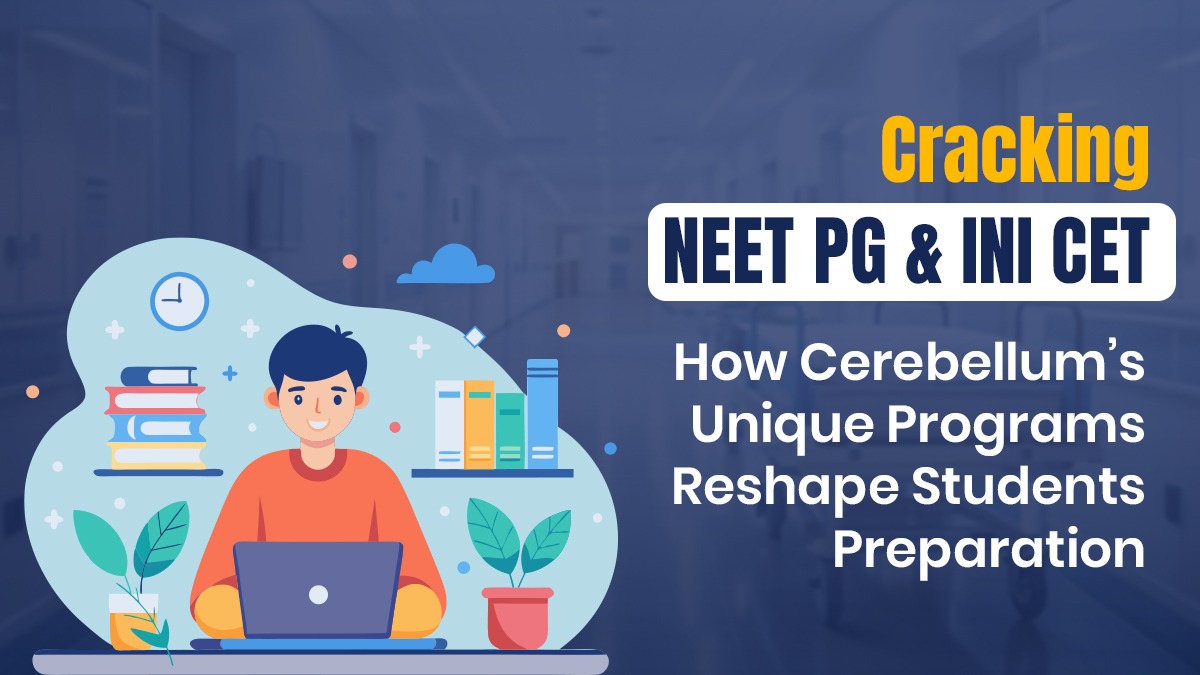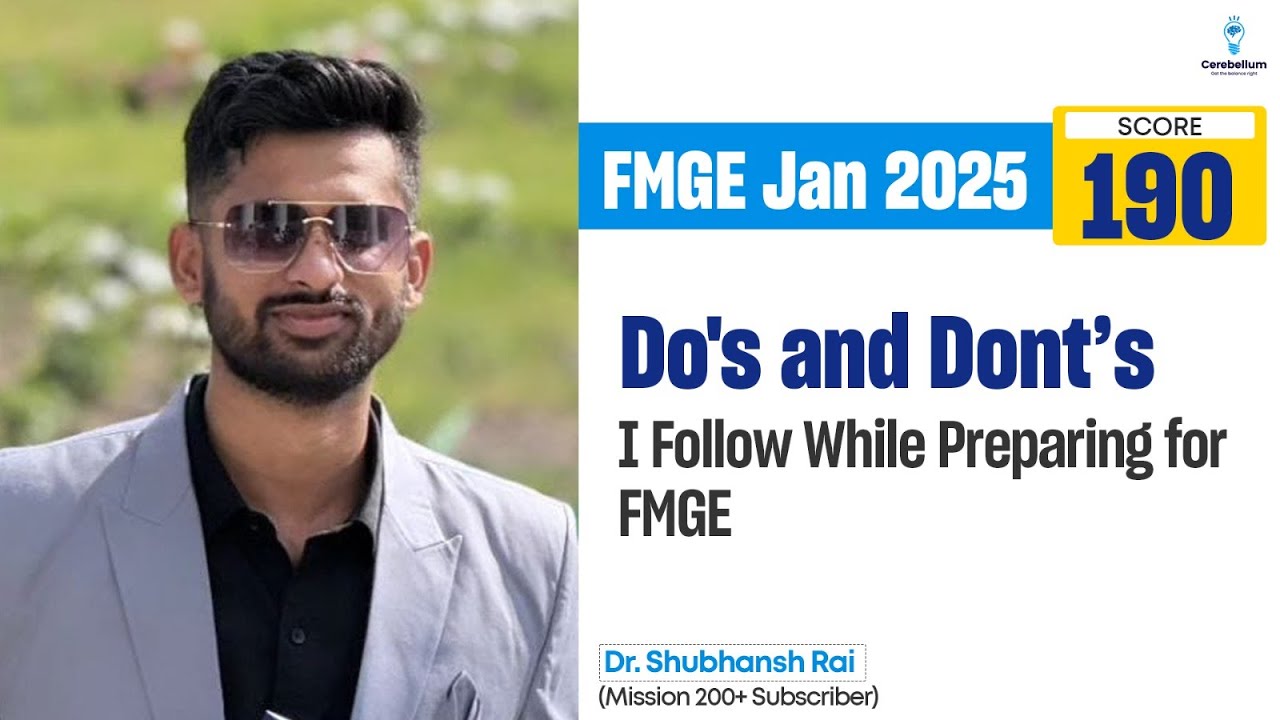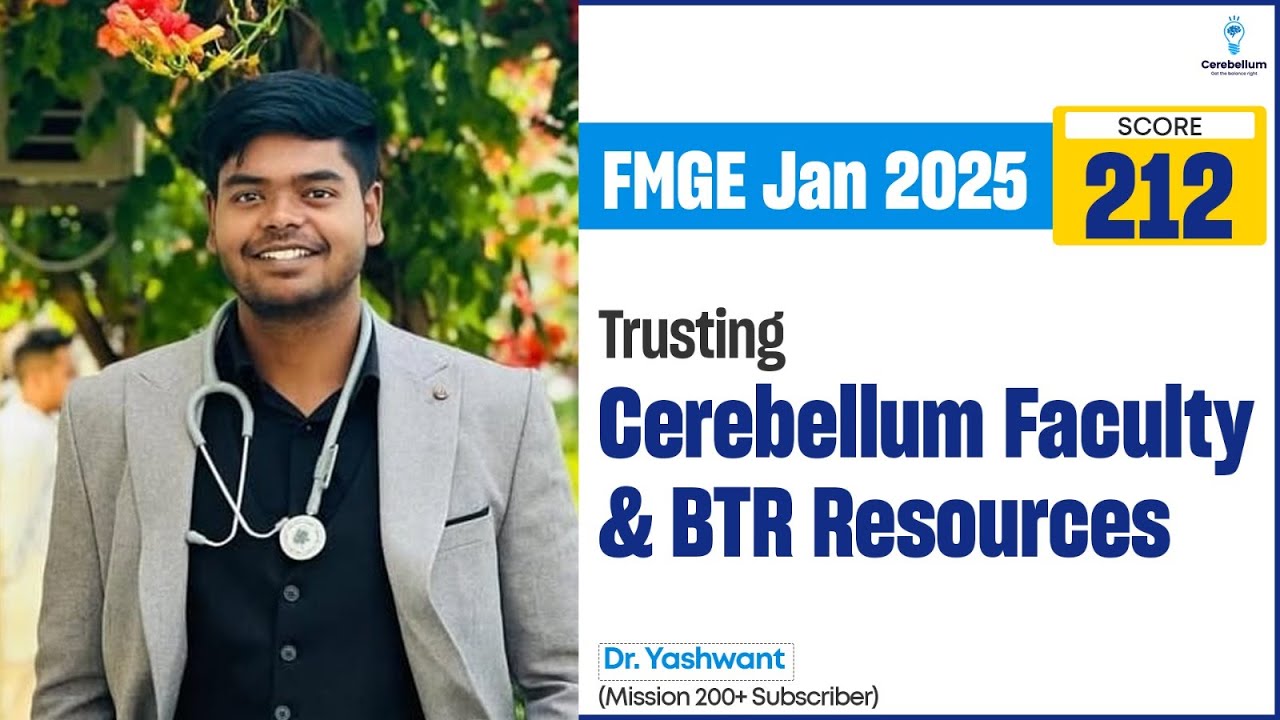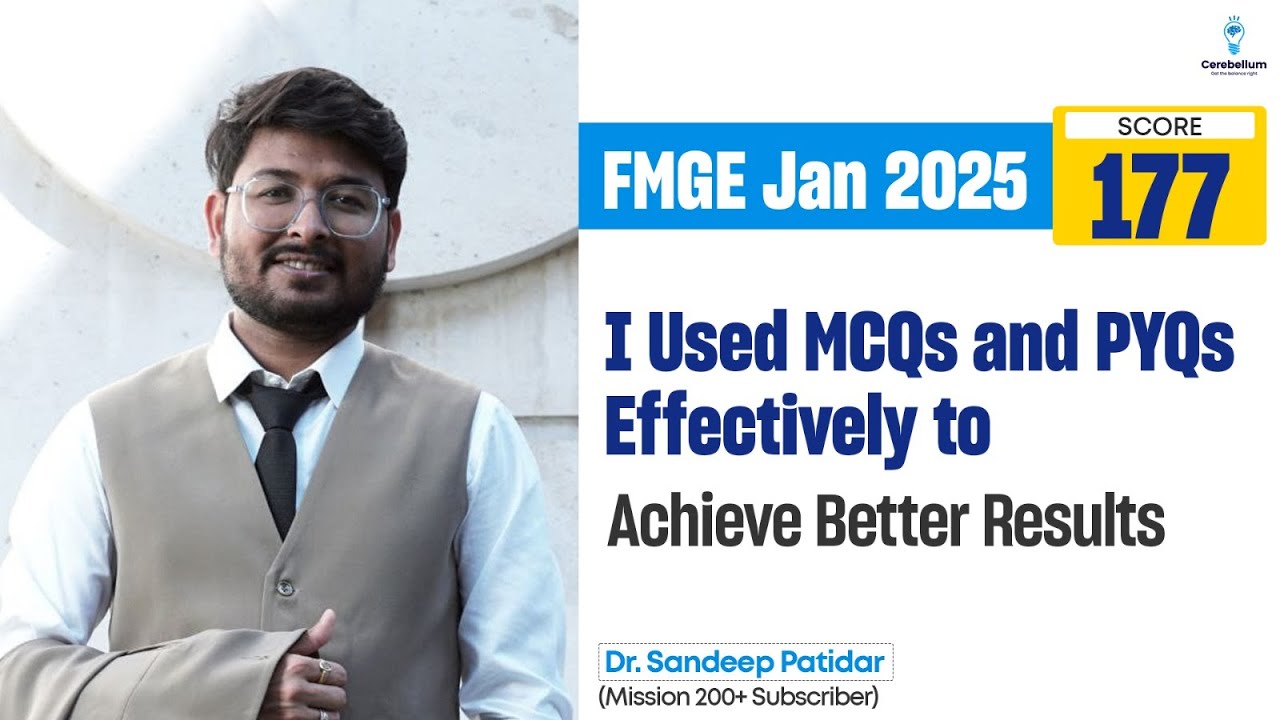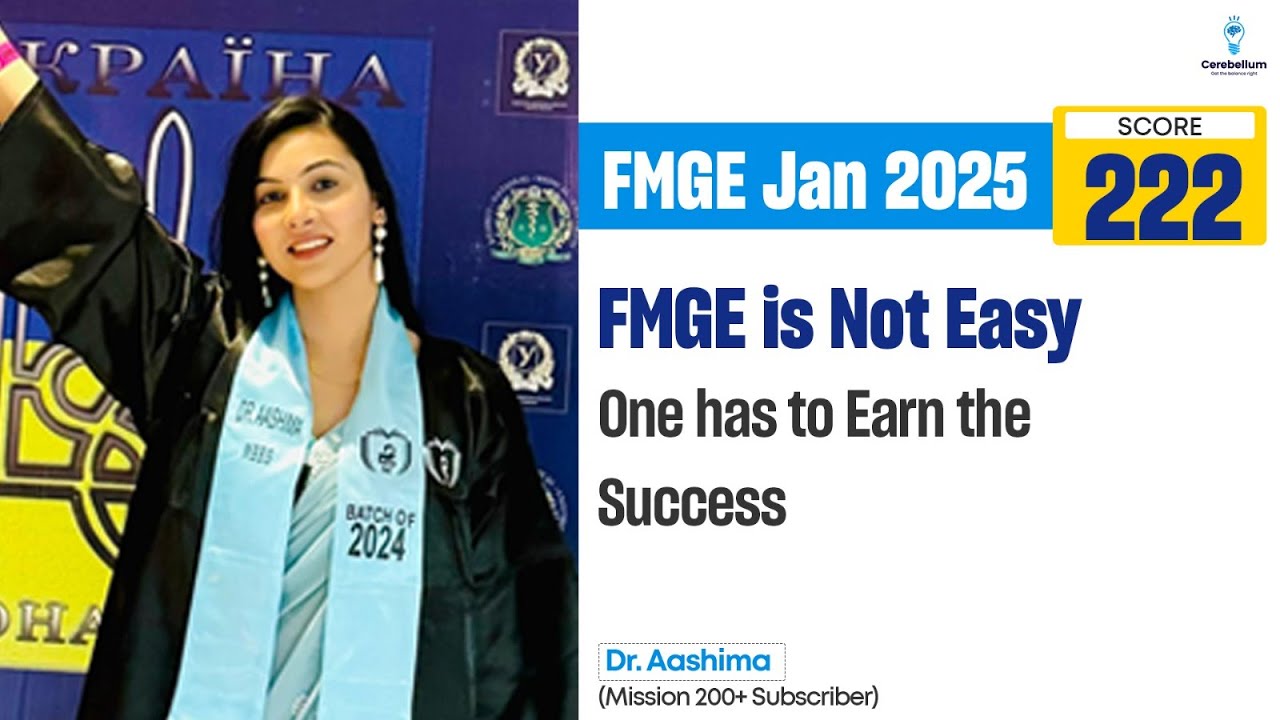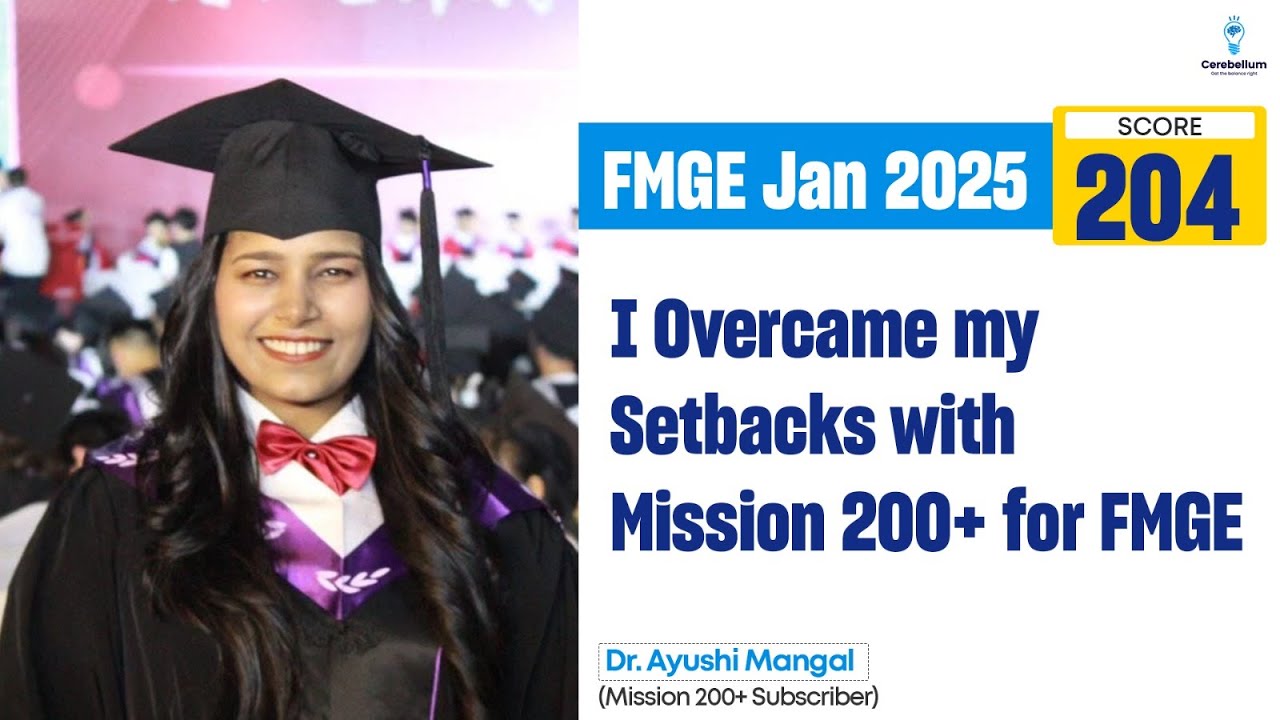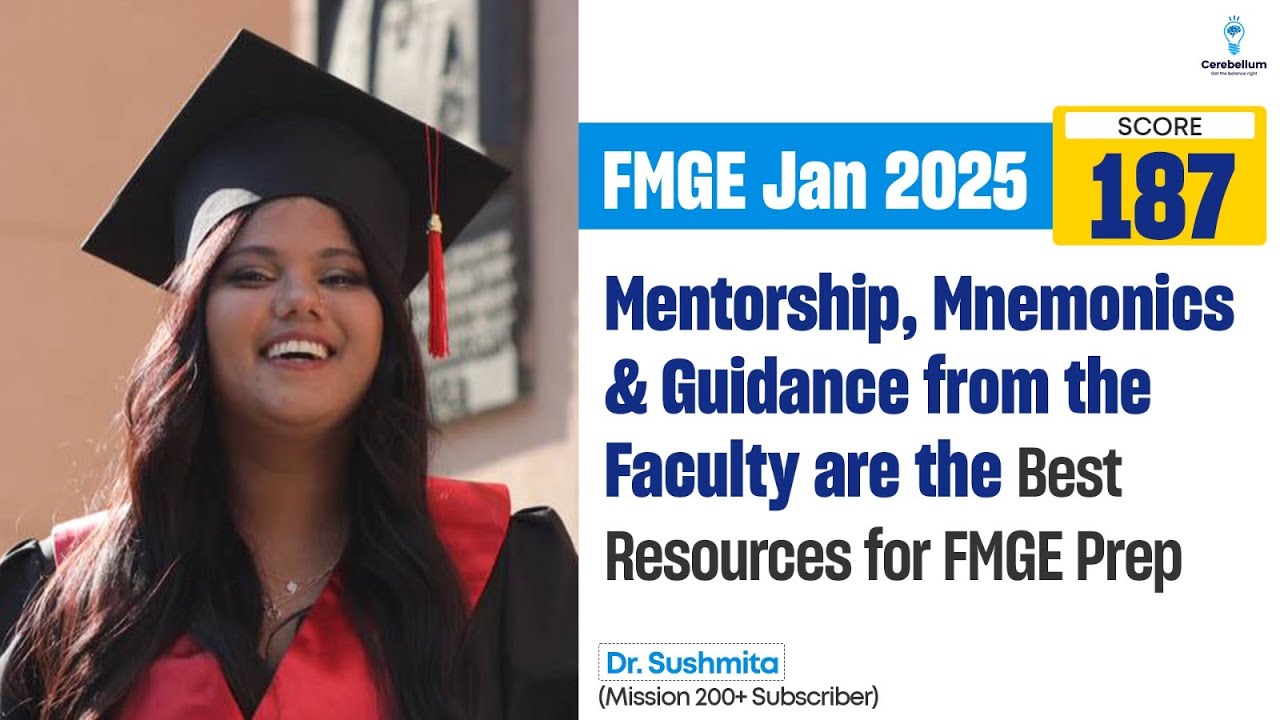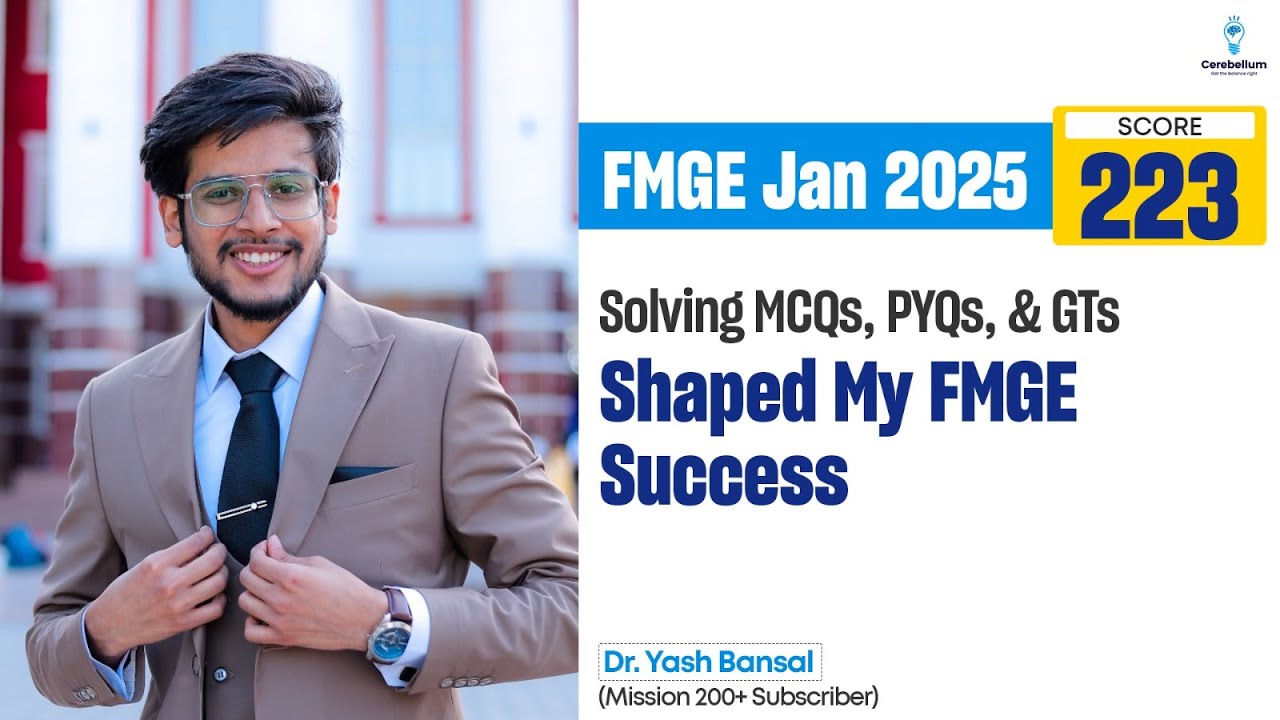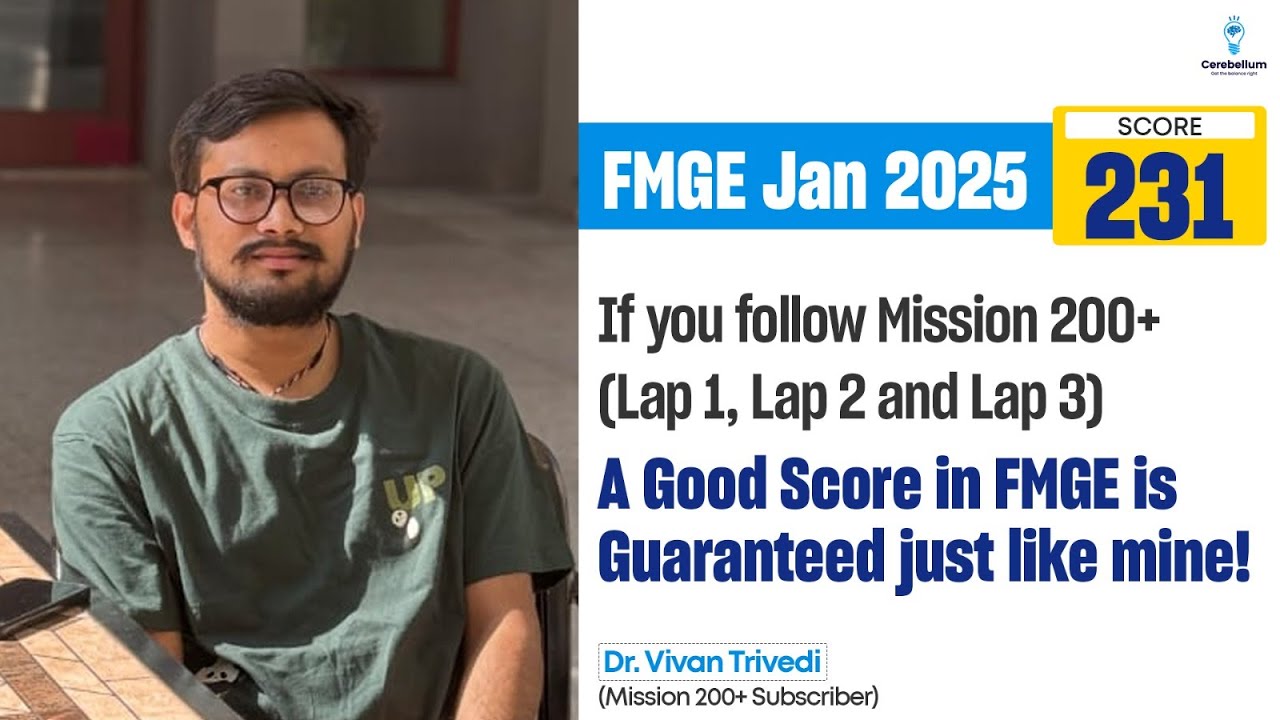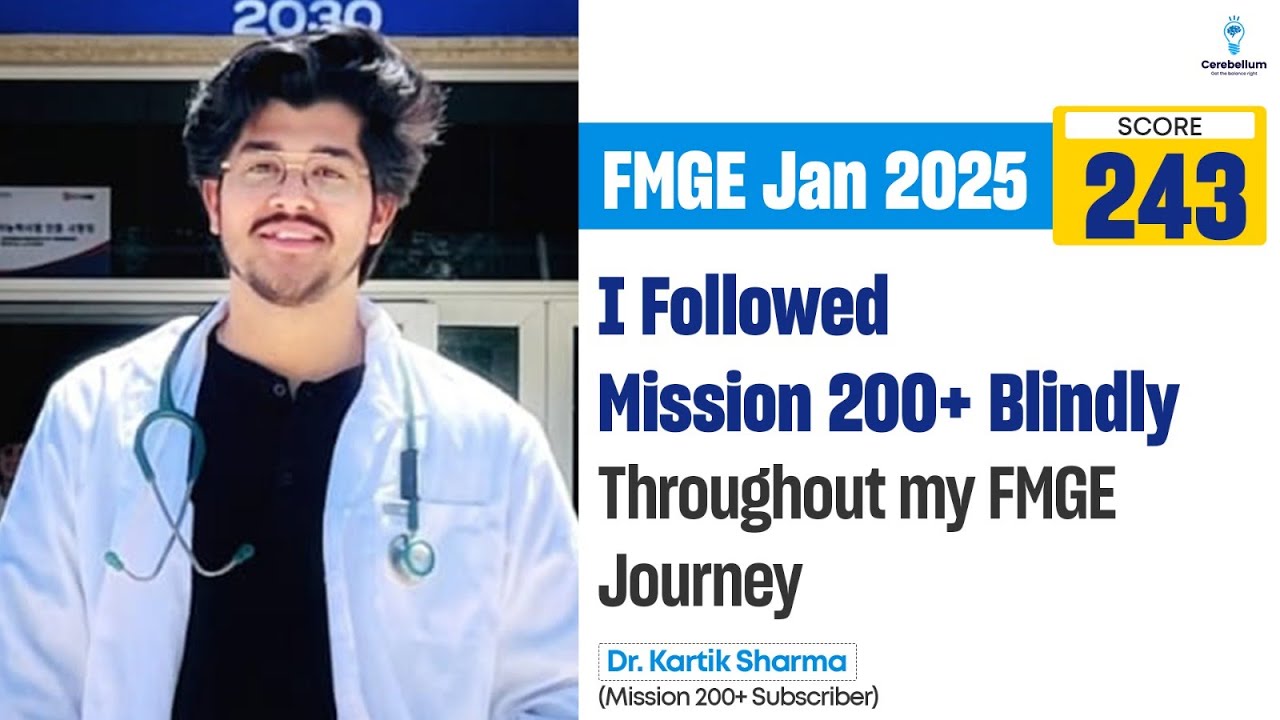Hi everybody, this is Dr. Apurv Mehra and I am Dr. Zainab Vora. So this is about Dr. Zainab Vora’s experience about the exams that have recently gone away, NEET PG and then INI CET and their students’ interactions.
She has been taking a lot of interviews with the students about how the cerebellum has helped them in their preparation. So this is something I really want to know. There are specific ways which she will tell you.
My number one question is the BTR as you have been running. So the students have been following it. So what is the experience of the students who cleared the exams, INI CET toppers, NEET toppers, how were they utilizing BTR Zainab? I think that was very insightful for me as well to learn in a variety of way how different students have actually utilized BTR.
I think one of the main things which one student also told me very nicely was they used it for active surveillance. I think that was something very interesting for me. What she said was that and it’s a very interesting interview as well.
I still remember her name was J, the very weird pronunciation J I think is how it was pronounced. What she said was that I’d already completed my main videos, you know, main notes and that’s what I think resonated with most toppers that they had already completed one reading of a resource and then they came to BTR. So then they understood the essence of things.
Personally, also what I feel is when students directly do BTR, they will not be able to understand of what this one line actually represents, how it has been tested or how it can be tested and what it means. I think in one of our conversations only I said that BTR is the moral of the story. If you don’t know the story, you will probably not understand the utility or what the moral of the story is trying to say.
There will be a difference in who understand the story and the moral of the story and only those who just do the moral of the story. So I think if you’ve finished one round of revision of a certain source, which may be main notes or nowadays people do either mission slash quick revision from Cerebellum, if you have done that once, then BTR really helps you consolidate stuff and you know that, okay, this is what is important. So that’s one point.
The second point going back to what active surveillance means is when I’m doing BTR and I find that visual field effects is something which is weak, let me go back retrograde to my main notes or the mission class or the quick revision class and see what the faculty has taught. So it gives you in a nutshell of what are my most important topics in 19 subjects. That is what everybody said.
Few of them have completed it five to six times by the time the exam came. This time, thanks to postponements, you had one or two rounds extra, but you know, four to five times you will need to review it in order to master it. So you have to master BTR such that you cannot afford the wrong questions given the competition currently.
You know, so that is what it is. And you find out topics. It gives you a bird’s eye view that this subject is so important, find out from it that I am having problems here and there.
And these are important topics with PYQs where maybe I need to go more in depth. Find out those areas and do retrograde learning. I also find that to be the best approach which a lot of students told me.
So use BTR after doing one revision of whatever is the primary source. Then when you use BTR, do it multiple times again and again. Second thing from BTR that a lot of students said was the test and discussion.
You know, the T&Ds and this is not just BTR, I think our cerebellum T&Ds in general, that’s I think the game changer for most students, you know, that when you attempt a test and you see a faculty discussing the question, you build that thought process. So I think that is something which cerebellum does exclusively where a faculty is going to come and tell you that, all right, you had to approach this question this way. So I think there is no replacement for that.
You know, that’s how you’re going to develop the skill of MCQ solving. And that’s the most important skill at the end of it. So both BTR tests and our subject wise mission plan T&Ds, I think that is something which was a very, very important thing, which almost every student mentioned in the interview.
So make the most of these, you know, give every single E&D which is there and attend the discussion. Even if you do it recorded, make it a point that you’re seeing them, don’t take it for granted that we see such answers. Because you have to learn those topics as well.
And with faculty, they cover it very seamlessly, means if I have to tell the answer to a question, it becomes a topic, right? So that is something which was one of the things. And I think late night PYQ marathon, every student has mentioned, you know, that by the time, you know, we are tired, we won’t be able to study anything else. This is something which is very handy, you know, if I was in their position, that’s something I would utilize, you know, very, very well as well, that solve 50 MCQs before you go to sleep at night.
You know, it’s a one set of the exam, do it. And then that gives you a checklist as well, okay, these are the questions and you find out topics. And this is what I would do, in fact, for PYQ marathon is, okay, there were 5 questions whose answers were not available.
Tomorrow morning, first thing I have to do is finish those 5 topics. So along with that, daily, imagine we are completing 50 MCQs, which are not just PYQs, they are PYTs, you know. So that’s what we keep saying that these things are going to come again.
So you’ve got to master it. And this gives you a very easy way, you know, to review it, you are done, passively, you don’t have to do anything before going to sleep, it’s better than an Insta-reel. Just solve that one set and then do those MCQs very passively also, even if you do, you are tired, you are doing it passively as a checklist, finish it.
I think that is something which was a big hit amongst all of the students which I interviewed. So I’ll summarize, read the main notes or the main videos. And if you are somebody who’s not able to do it on their own, sit in front of the cerebellum in the evenings for the mission programs.
That’s how you should start. Then go through BTR multiple times. That each line which will be difficult for you to if you go without anything else will become easier.
While you are doing it, there will be areas you will not be able to understand. Do not hesitate to open up the sections where you will find information or do some questions on the same topic. It is an MCQ exam that art and craft should be with you.
So T&Ds are very, very important for that. During the low efficiency hours, you know, there will be a late night PYQ popping up for you to, you know, sleep with some new things which you don’t know or some older MCQs which you know but you have started forgetting. And then while you are going and walking towards the final brunt, final eight, do the marathon.
And as many people did, they would just go through the BTR book and flip over the pages in the last day or the choti copy as we are giving with this next edition. They have made their own choti copy or the BTR book, they will always turn and see all the images. So these are different features covered.
And I would like to tell you one thing, right, which I realized listening to the interviews which Dr. Zainab took, Dr. Praveen, the universe boss took or Goga bhai took or Vivek sir took or Sparsh took. In all these interviews, what I realized is there were two, three constant things which students did mention, the mission classes, the BTR and the late night PYQs. This is something they all mentioned.
And the students who were feeling that they might choke at the end, they did mention about the marathon. Right. So, I think the cerebellum is trying to make a difference in the results.
It is making two differences what I feel. Those students who were very, very back, then they were not able to think that there is a way how to revise. It is giving a solution to come ahead.
Those who were in the middle ranks, their ranks are improving. And those who were already at the top, their ranks are getting consolidated. And that is what is the difference that is there.
Anything else you want to add? And I think basically, the best part is that we are listening, you know, somebody is always active. I think most of the time it is Praveen sir who is commenting and responding to whatever problems students are facing. So we adapt very quickly depending on what the student needs.
I think that is something which is the best part. And that is what I have observed over the last one and a half years with cerebellum is exam gets postponed, it gets pre-poned, whatever, you know, we can always adapt our life’s class schedule. And we are listening and we are at the ground level.
And we know what the student is facing right now, you know. So I think that that relationship that you form at the end, and that is what we witnessed in the cerebellum event as well, that we had called so many students, you feel that connect. It is not like you are meeting for the first time.
Inko toh jaanti hi hai. You know, so that is I think something very important about life classes. And that is what it brings to the table.
So see you at the mission classes. See you at the boot camp. See you finally at the cerebellum event, when it is about your joy, because the institute that we have built is for the students by the teachers.
Thank you very much. Thank you.
Download Cerebellum NEET PG Preparation Android app
Download Cerebellum NEET PG Preparation iOS app
Download Cerebellum NEET PG Preparation iphone app

